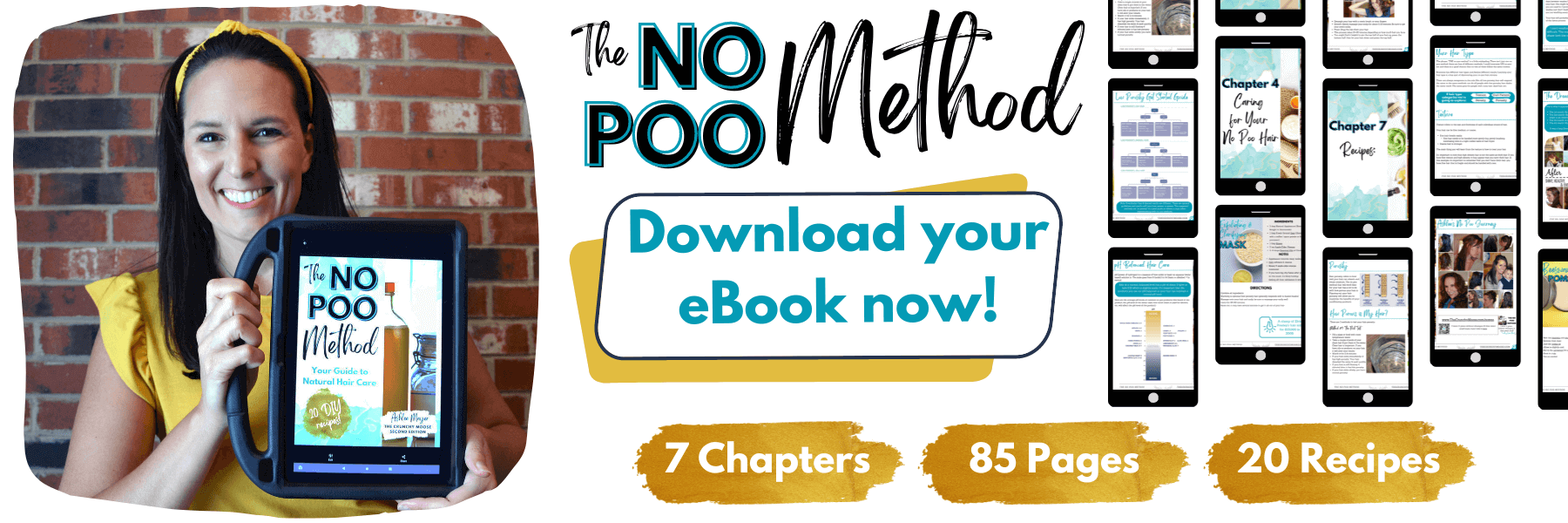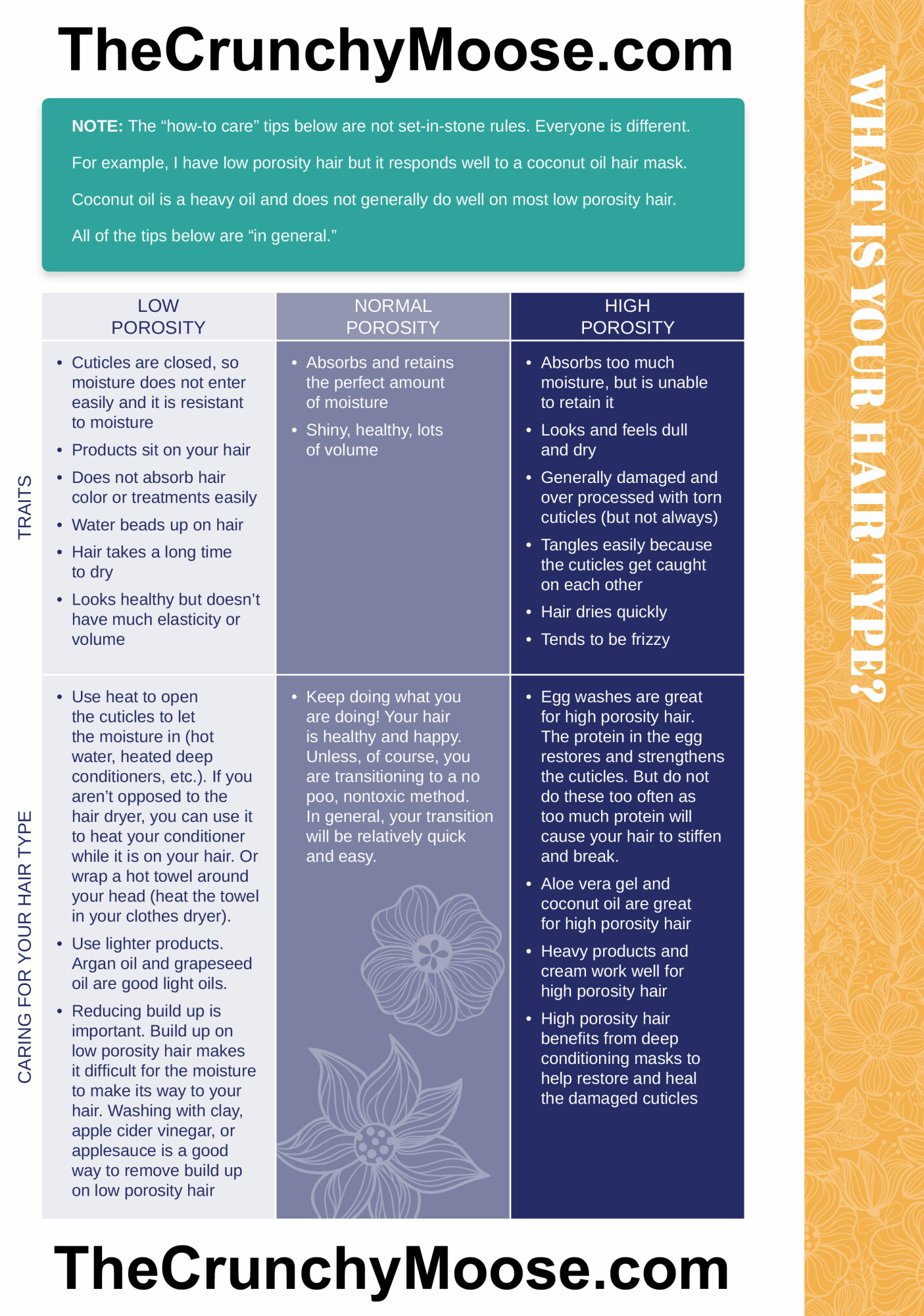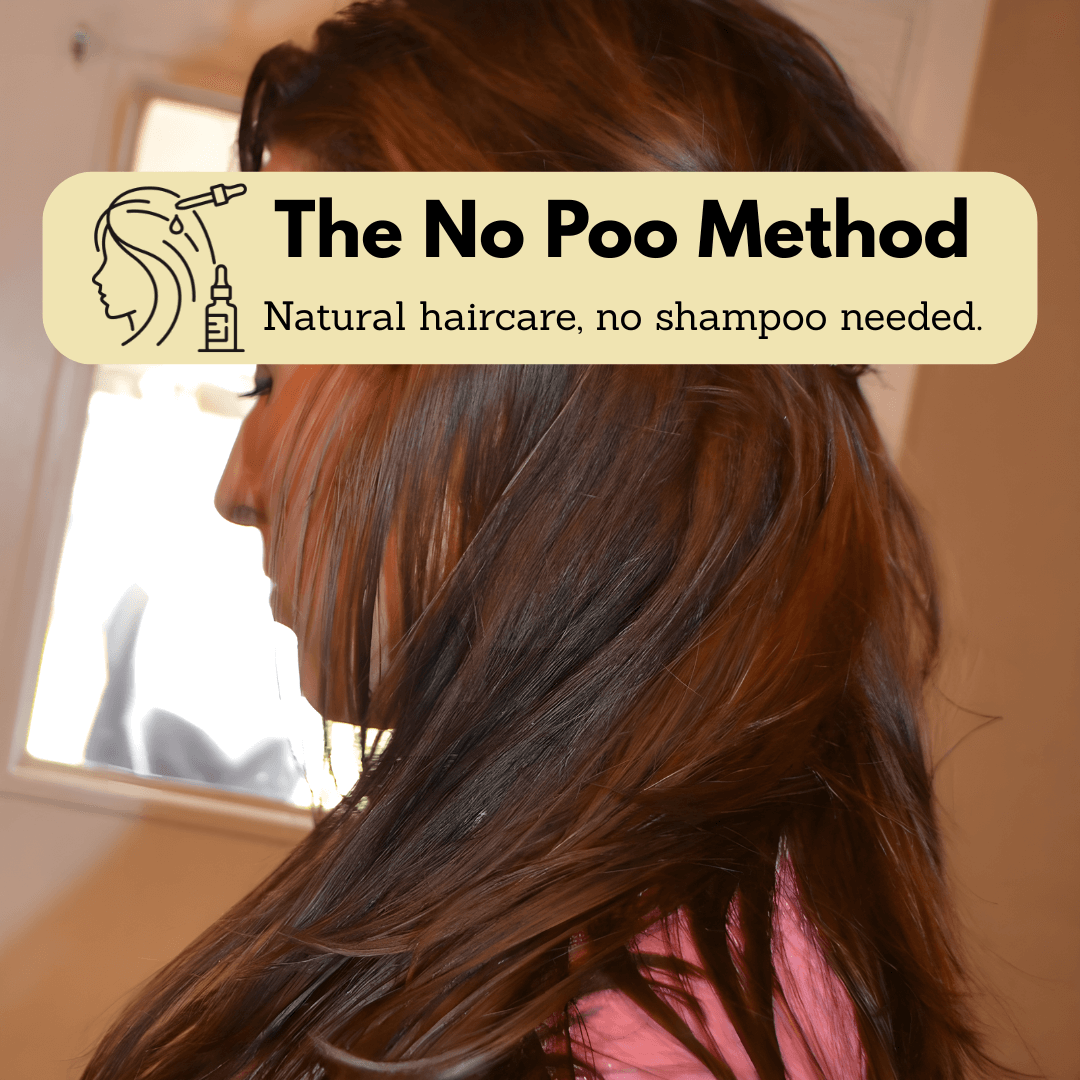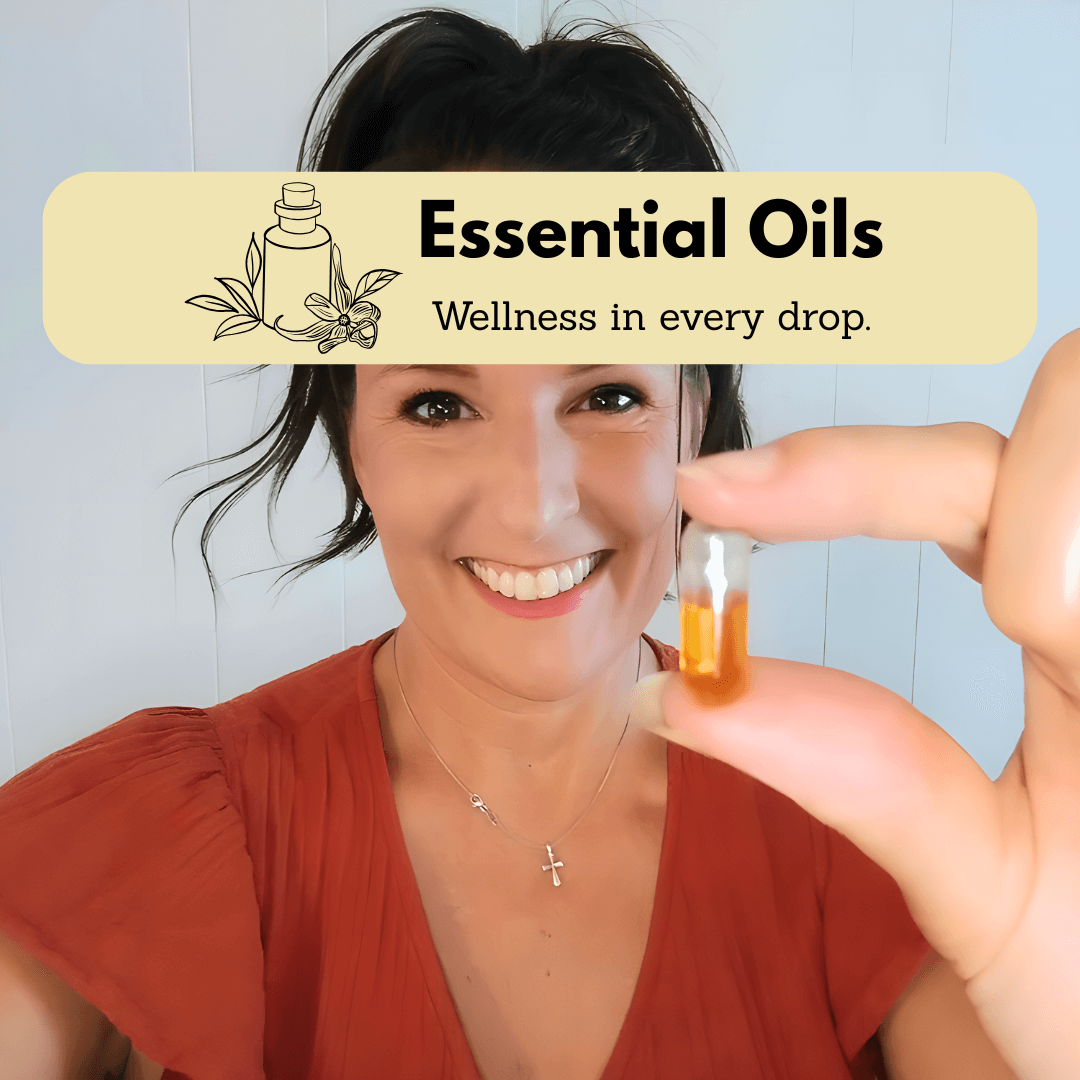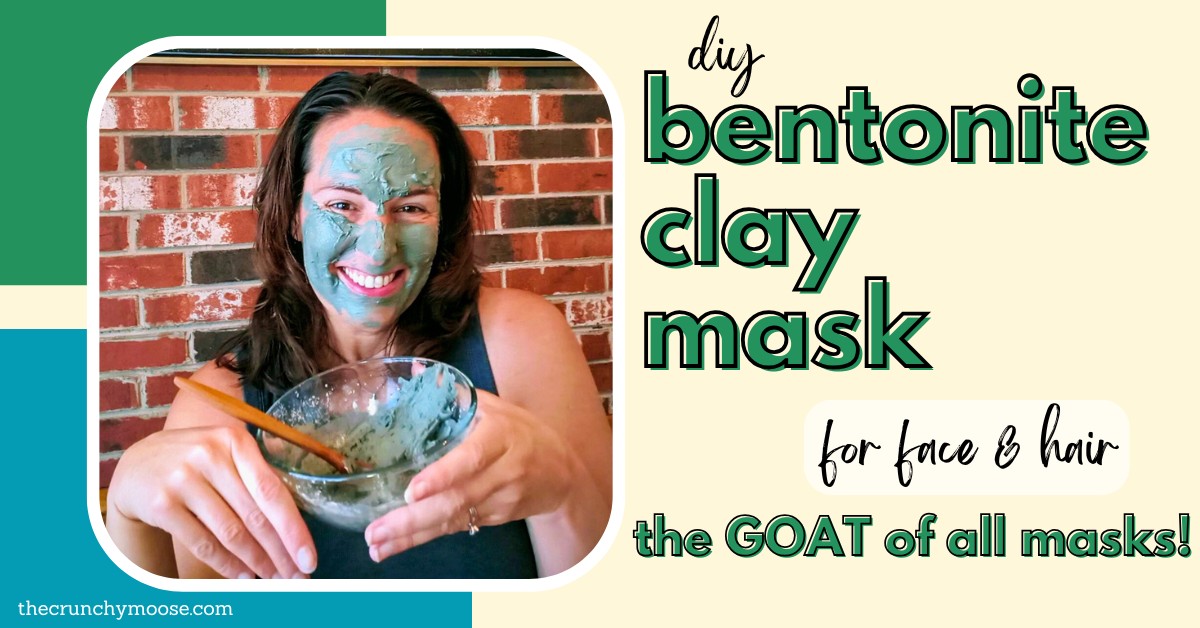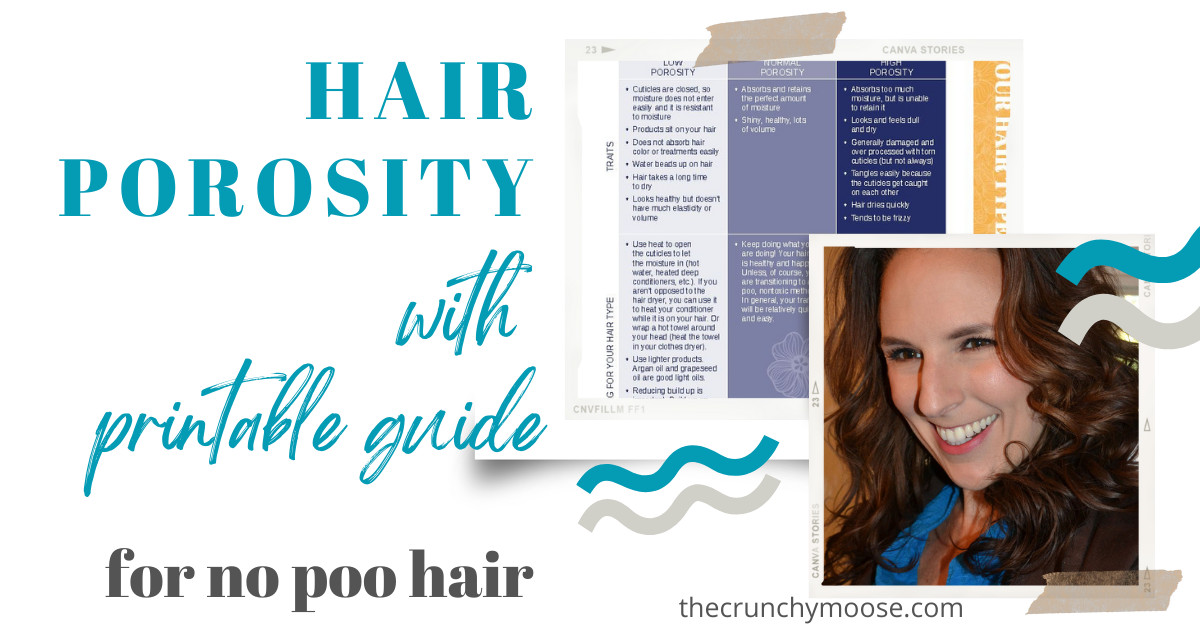
The phrase “the no poo method” is a little misleading. There isn’t just one no poo method; there are lots of different methods. I could interview 100 no poo-ers and there is a good chance that no two of them follow the same routine.
Everyone has different hair types and desires different results. Learning your hair type is a key part of discovering your no poo hair nirvana.
There are always exceptions to the rule. Not all low porosity hair will respond the same to the same methods, nor do all people with low porosity hair desire the same result. The same goes for people with curly hair, dyed hair, etc. Knowing your hair type is a good start to learning your personal hair needs.
What is Hair Porosity
Hair porosity refers to how well your hair can absorb and retain moisture. How porous your hair is has a lot to do with which no poo method will work best for your hair. Figuring out your hair porosity will allow you to maximize the benefits from your no poo routine.
How Porous Is My Hair?
Here are a few simple tests you can do to determine your hair porosity:
Method #1: The Float Test
- Fill a glass or bowl with room temperature water.
- Take a couple strands of your clean hair and put them in the water. Clean hair is important. If you have oils or products on your hair, it will alter your results.
- Watch it for 2-4 minutes.
- If your hair sinks immediately, it has high porosity. Your hair absorbed the water and sank quickly.
- If your hair is still floating 4 minutes later, it has low porosity. I have low porosity hair (see my float test pic below).
- If your hair is slowly sinking, you have normal porosity

Method #2: The Slide Test
- Grab a clean strand of hair on your head.
- Starting from the end of your hair, slide your fingers up the hair shaft towards your scalp.
- If you have a bumpy ride, you have high porosity hair. If your hair felt smooth, you have low porosity hair.
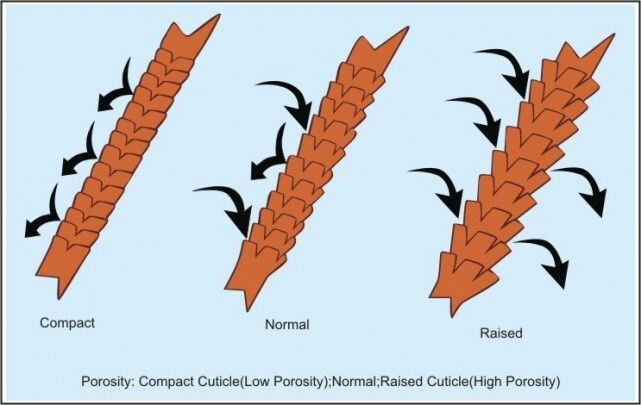
Method #3: The Spray Bottle Test
- Take a small section of your hair and pin the rest back.
- Spray that section with a little water, just enough to mist it.
- If the water sits on top of your hair or beads up, you have low porosity hair.
- If your hair absorbs the water quickly, you have high porosity hair.
- If the water sits on your hair for several minutes then is absorbed, you have normal porosity hair.
NOTE: The “how to care” tips below are not set in stone rules. Everyone is different. For example, I have low porosity hair but my hair responds well to a coconut oil hair mask. Coconut oil is a heavy oil and does not do well on most low porosity hair in general. All of the tips below are “in general.”
Ready to Get Started with The No Poo Method? Get Your Complete Starter Guide!
Since I have used the no poo method, my hair has been healthier, shinier, more manageable, and grows much faster. I'm wishing you all healthy, happy hair! I share all the secrets and exactly how I went 4 years without shampoo for the best hair ever in The No Poo Method ebook. Grab your book here.
Low Porosity
Traits of low porosity hair:
- Cuticles are closed so moisture does not enter easily / resistant to moisture
- Products sit on your hair
- Does not absorb hair color or treatments easily
- Water beads up on hair
- Hair takes a long time to dry
- Looks healthy but doesn’t have much elasticity or volume
How to care for low porosity hair:
- Use heat to open the cuticles to let the moisture in (hot water, heated deep conditioners, etc.). If you aren’t opposed to using a hair dryer, you can use it to heat your conditioner while it is on your hair. Or wrap a hot towel around your head (heat the towel in your clothes dryer).
- Use lighter products. Argan oil and grapeseed oil are good light oils.
- Reducing build up is key. Build up on low porosity hair makes it more difficult for the moisture to make its way to your hair. Washing with clay and apple cider vinegar is a good way to remove build up on low porosity hair (see the no poo methods for more info).
High Porosity
Traits of high porosity hair:
- Absorbs too much moisture, but is unable to retain it
- Looks and feels dull and dry
- Generally damaged and over processed with torn cuticles (but not always)
- Tangles easily because the cuticles get caught on each other
- Hair dries quickly
- Tends to be frizzy
How to care for high porosity hair:
- Egg washes are great for high porosity hair. The protein in the egg restores and strengthens the cuticles. But do not do it too often. Too much protein will cause your hair to become stiff and break. See more under “egg wash.”
- Aloe vera gel (learn how to make fresh aloe vera gel here) and coconut oil are great for high porosity hair
- Heavy products and cream work well for high porosity hair
- High porosity hair benefits well to deep conditioning products to help restore and heal the damaged cuticles
Normal Porosity
Traits of normal porosity hair:
- Absorbs and retains the perfect amount of moisture
- Shiny, healthy, lots of volume
How to care for normal porosity hair:
- Keep doing what you are doing! Your hair is healthy and happy. Unless you are starting the no poo method and going through transition.
- In general, your transition will be relatively quick and easy.
Changing Porosity
- It is very possible that your porosity changes.
- Some people have sections of hair with different porosity (just like some people have curly sections of hair in a head otherwise full of straight hair).
- Some people’s hair will change porosity due to hormone changes (e.g. that time of the month, pregnancy) or other factors.
- If this is your hair, you might not be able to look at the tips below to find a perfect fit for you.
- It might take a bit of extra experimenting.
Printable Care Guide for Your Hair Porosity
Pin this article to save it for later!
Learn More About No Poo Here:
 | 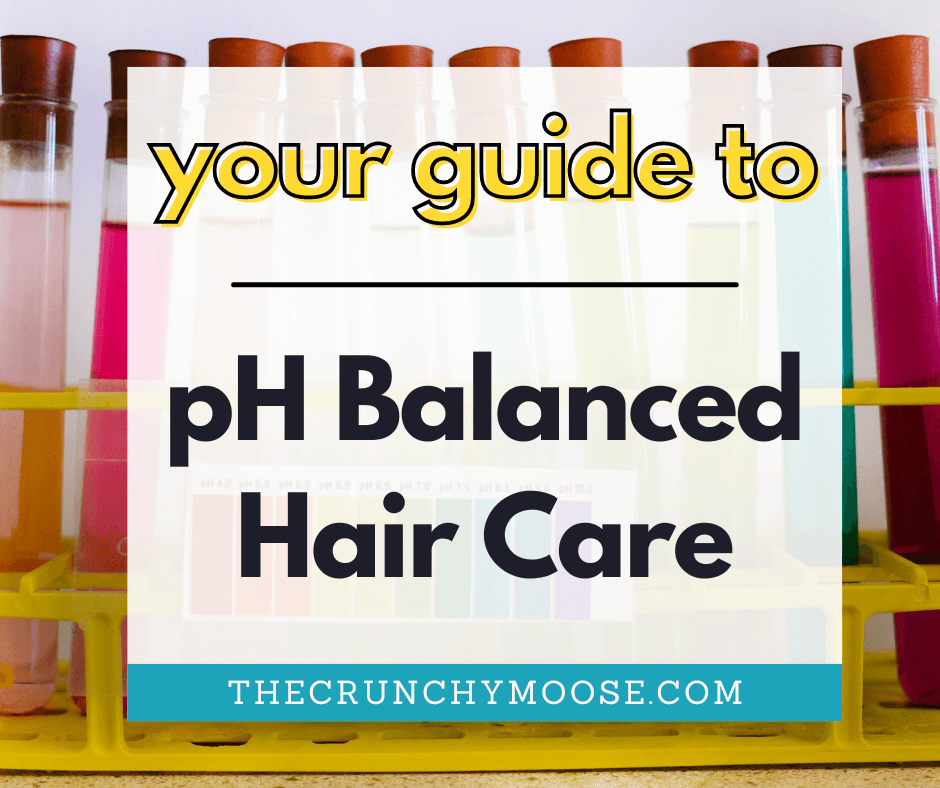 | 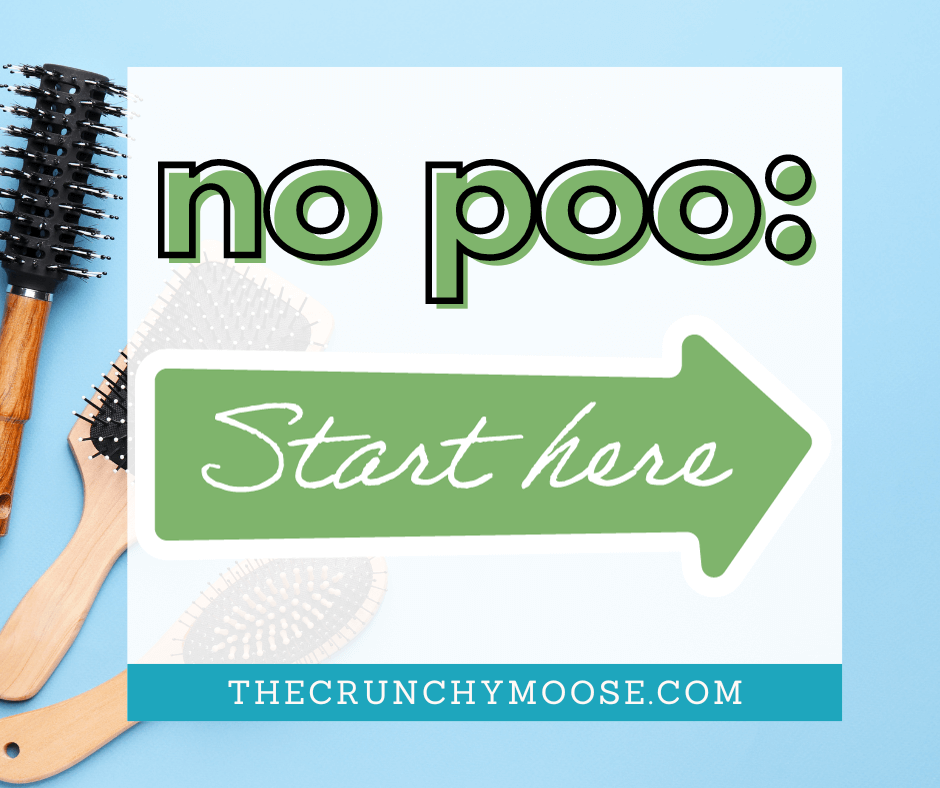 |
 |  | 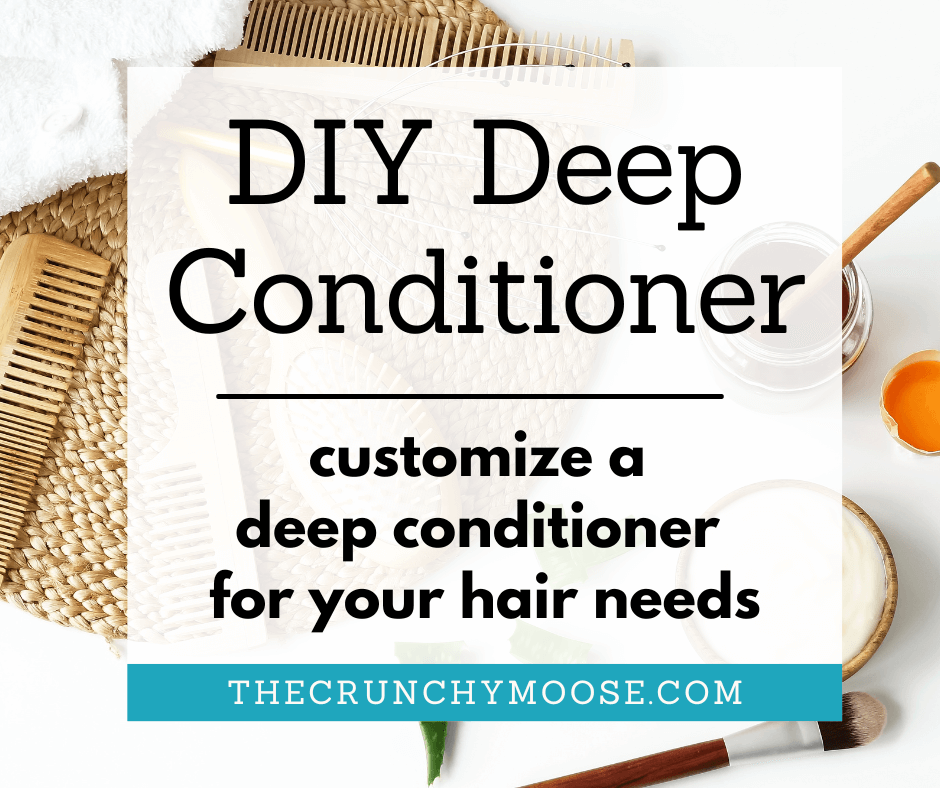 |


